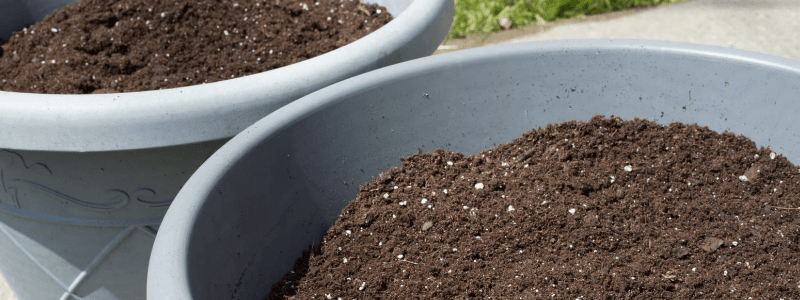Potting soil, also known as potting mix, is a type of soil that is specifically formulated for use in container gardening. It is a mixture of peat moss, vermiculite, perlite, and other organic and inorganic materials. It is used to grow a wide variety of plants, including flowers, herbs, and vegetables.
The production of potting soil has a significant impact on the environment. It is important to dispose of potting soil in an environmentally friendly way to minimize this impact. This is because the production of potting soil often involves the use of peat moss, which is a non-renewable resource. Additionally, the use of synthetic fertilizers and pesticides can also be harmful to the environment.
Why Dispose Potting Soil in an Environmentally Friendly Way
If potting soil is not disposed of in an environmentally friendly way, it can have a negative impact on the environment. For example, when potting soil is disposed of in landfills, it can release methane, a potent greenhouse gas. Additionally, synthetic fertilizers and pesticides can leach into the soil and groundwater, causing harm to the environment.
Recycling and Reusing Potting Soil
One way to dispose of potting soil in an environmentally friendly way is to recycle and reuse it. Potting soil can be recycled by breaking it down and adding new organic matter to it. This can be done by adding compost, animal manure, or other organic materials to the potting soil. The potting soil can then be used again for container gardening.
Another way to reuse potting soil is by using it as a top dressing for outdoor gardens. This can be done by spreading a thin layer of potting soil over the surface of the garden soil. This can help to improve the fertility of the soil, as well as adding organic matter.
Companies and Charities Initiatives to Reduce Potting Soil Waste
There are several companies and charities that have initiatives to help reduce potting soil waste. For example, many garden centers and nurseries now offer potting soil recycling programs. These programs allow customers to bring in their used potting soil, which is then broken down and reused.
Another initiative is using organic potting soil. Organic potting soil is made from natural ingredients, such as composted organic materials, and do not contain synthetic fertilizers and pesticides, which are harmful to the environment.
Frequently Asked Questions
Q: Can potting soil be reused? A: Yes, potting soil can be reused by breaking it down and adding new organic matter to it, or as a top dressing for outdoor gardens.
Q: How can I dispose of potting soil in an environmentally friendly way? A: Dispose of potting soil in an environmentally friendly way by recycling and reusing it, or by using organic potting soil.
Q: What are the negative impacts of disposing of potting soil in landfills? A: Disposing of potting soil in landfills can release methane, a potent greenhouse gas and synthetic fertilizers and pesticides can leach into the soil and groundwater, causing harm to the environment.
Conclusion
In conclusion, potting soil is an important resource for container gardening, but its production can have a significant impact on the environment. To minimize this impact, it is important to dispose of potting soil in an environmentally friendly way. This can be done by recycling and reusing it, or by using organic potting soil. There are also several companies and charities that have initiatives to help reduce potting soil waste.










